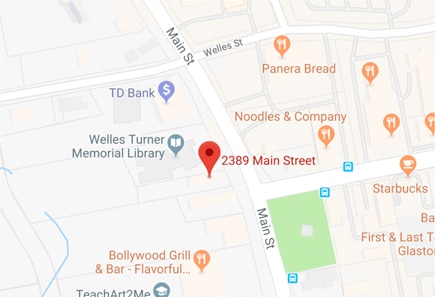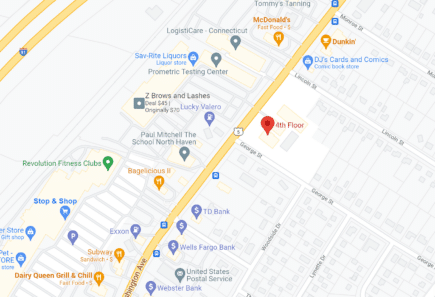
Retirement has changed radically over the last several decades in America. Years ago, you expected to work most of your life for a single, large employer and could then count on a pension. “Retirement planning” meant figuring out how to use your free time. Today, in all likelihood you will be living in retirement on money you, yourself, saved. “Planning” means calculating rates of
return and deciphering tax rules.
Without question, the core strategy to succeed in having enough for retirement is living well within your means. Keep in mind, there are significant differences in approach depending on your priorities, age, circumstances, income, and tax bracket. One size does not fit all. But generally speaking, you gain more flexibility and choice the earlier you start putting aside funds for retirement.
Early-Retirement
This phase lasts from the day you retire until you are 70 years old. For those who do not plan to retire until well into their 70s, the first two tasks of this phase may occur later. A key purpose of this phase is to create a clear communication channel with your family so information can be shared, questions asked and answered, and decisions made in a calm, supportive way. If intergenerational communication around money has not been part of your family culture, it may be useful to enlist the help of a third party to get the process going.
There are three primary tasks during this phase. One is to assess how well your finances are working now that you are using your retirement savings. The second task is to fine-tune your income and expense projections. Although the life expectancy of someone who is 60 years old is estimated by the Congressional Research Service to be 83 years old, many financial planners suggest projecting cash-flow out to age 100, just to be safe. The third task involves taking into consideration how you will meet minimum distribution requirements from your tax-deferred accounts — IRAs, 401(k)s, etc. — when these required withdrawals kick in at age 73. Even if you have not retired by this point, minimum distributions must begin.
Mid-Retirement
This phase begins at age 70 and lasts as long as you are able-bodied and high-functioning. Despite your good health, it is helpful to begin looking at what steps you would like your family to take should your condition decline significantly. In most cases your ability to make all your own decisions, care for yourself, engage with the world on your terms, and manage your affairs does not vanish in a split second. The loss of abilities is the natural consequence of the aging process and often happens gradually. At the same time, it is our nature as human beings to resist letting go of our autonomy. Even talking about the possibility is avoided. It takes courage to dive into a conversation about giving up and transferring control.
During this phase, it is common that one member of a couple will be the primary caretaker for the other whose health has already declined. If you are that caretaker, communicate with family members and build a team of professionals around you to advise and help as needed.
Late-Retirement
This phase begins when your health has taken a turn for the worse and there is little likelihood of it being fully restored. You require significant help to function day to day. The hope is that by this point all the planning done in prior years makes this transition as manageable and life- affirming as possible. No one knows ahead of time how his or her life will come to an end. It is that uncertainty that contributes to not taking any action. However, if you have done some scenario planning earlier on — a technique where you lay out and consider a range of possibilities from worst-case to best-case — then you may have anticipated the course your life is taking. At this point much of the decision-making over your life is either shared or entirely in someone else’s hands.





